
Can You Put a Tent in the Dryer Safely?
Can You Put a Tent in the Dryer Safely? Published February 4th, 2023 by Allen Campbell Well, it’s no secret that a tent is a
Published June 24th, 2022 by Allen Campbell

Palapa is a word often heard while on vacation in tropical areas like Mexico and the Caribbean. But what does it mean? And what are palapas? Let’s explore!
A palapa is essentially a roof made from leaves of palm trees. They provide shade, cover from the rain, and are aesthetically pleasing. Palapas are often seen in beach or resort areas where people want to relax in the sun. You’ll find them dotting the sand from Cancun to Cabo San Lucas. While their primary purpose is to provide shade, they can also be used as a makeshift shelter from the rain.
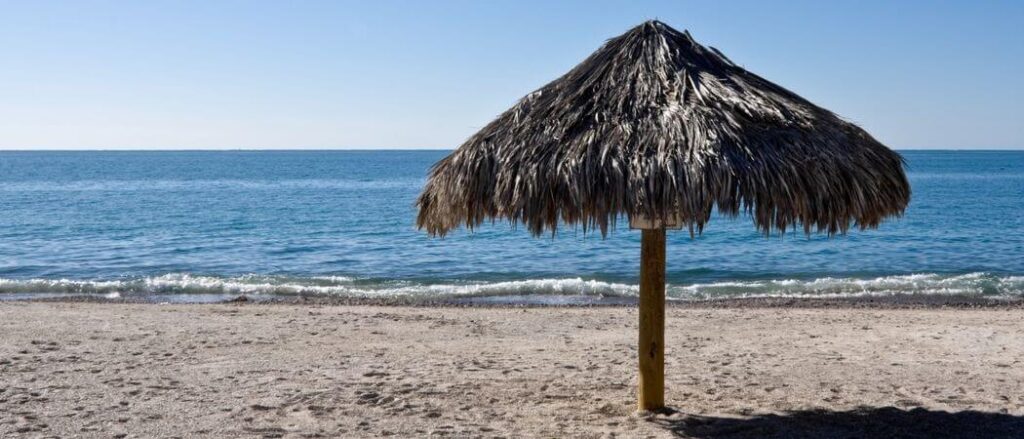
A palapa is a type of traditional thatched roof hut found in many parts of Mexico and Central America. The word “palapa” comes from the Nahuatl word “Palli,” meaning ” mat or blanket,” and “Japan,” meaning “to cover.” Palapas are made with a frame of wooden poles and covered with palm fronds or other materials, such as straw.
Palapas are used for a variety of purposes, including storage, shelter from the sun and rain, and as a place to sleep or cook. In addition to providing shade and protection from the elements, they are often found near the coast. Palapas can also be used as temporary structures, such as at festivals or markets.
In recent years, palapas have become popular as a type of eco-friendly architecture. They are seen as an alternative to traditional concrete and steel buildings, which require more energy and resources to construct. Palapas are also easier to disassemble and recycle than conventional structures.
Palapas were invented in the Philippines by the Maranao people of Lanao del Sur. They are umbrellas made from a type of palm leaf that is common in the region.
The leaves are dried and then woven into a roof-like structure that can be used to provide shade from the sun or shelter from the rain. Palapas are popular throughout Southeast Asia, where they are often used as beach umbrellas.
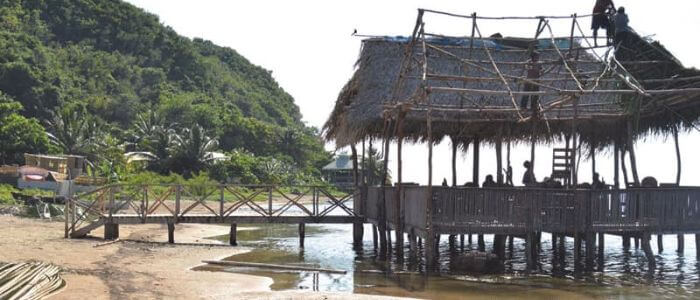
What does palapa mean? The word “palapa” comes from Nahuatl, spoken by the Aztecs and their ancestors. It is derived from two words: “Palli,” meaning mat or blanket, and “Apan,” which means to cover. The first recorded use of the word dates back to the 16th century.
Palapas were originally used as temporary structures, often erected for festivals or markets. They were also commonly found near the beach, where they provided shade and protection from the sun and rain. Over time, palapas became more permanent fixtures in many communities.
Today, palapas are an alternative to traditional concrete and steel buildings, which require more energy and resources to construct. Palapas are also easier to disassemble and recycle than conventional structures.
In Spanish, the word palapa refers to a type of thatched roof. This type of roof is commonly found in tropical or subtropical regions and is typically made from dried palm leaves. Palapas are known for being both durable and elegant and are often used as a covering for outdoor areas such as patios or decks.
The word palapa can also be used to refer to the hut or house itself, which often has a palm leaf roof. In some cases, the term may also be used more broadly to refer to any small, temporary dwelling – such as a cabin in the woods or a beach shack.
Yes, palapa comes from the Spanish word Tagalog which means a petiole of the palm leaf. It can be said the word palapa is derived from the Spanish language.
In Italian, palapa means “shanty” or “hut”, but it can also mean “beach umbrella”. Depending on the context, “palapa” could either be referring to a small, makeshift shelter or a more permanent structure with a palm leaf roof. Italy is known for its stunning coastline and beautiful beaches, it’s likely that the Italian meaning of the word is referring to beach umbrellas.
In French, the word “Palapa” has multiple meanings. It can refer to a type of roofing made from palm leaves, or it can describe a hut or shack made from similar materials. In some cases, it may also be used to refer simply to Palm Trees. Because of its tropical origins, the word is often associated with warm weather and sunny locations.
In the Philippines, palapa is a type of roofing made from bamboo and palm leaves. It’s popular in coastal areas because it’s lightweight and can withstand strong winds. Palapas are often used as beach huts, restaurants, or bars.
A palapa roof can last for many years if it is properly maintained. Thatched roofs are known to last much longer than conventional roofs, sometimes upwards of 20-30 years. However, regular upkeep is important to ensure longevity, as errant weather conditions or poor construction can shorten the lifespan of a thatched roof.
The main difference between a tiki hut and a palapa is that a tiki hut is made with posts and rafters and is closed by sidewalls, while a palapa is made with palm fronds and is open from the sides. Palapas are typically used in tropical climates, while tiki huts can be used in any climate. Tiki huts also tend to be bigger and have more of an open design than palapas.
Yes, palapas are safe to use in most cases. Nevertheless, it is important to check with the local authorities to ensure that a palapa will not pose any safety risk before using it. There have been some reports of injuries and even deaths associated with the use of palapas, but these are generally due to poor construction or maintenance practices.

Allen is a full time writer at Mastercanopies.com and enjoys traveling around the United States and exploring nature. He enjoys writing about canopies as he believes they are extremely crucial in having a successful camping trip whether it be a trip to the beach, mountains, or the open plains.

Can You Put a Tent in the Dryer Safely? Published February 4th, 2023 by Allen Campbell Well, it’s no secret that a tent is a
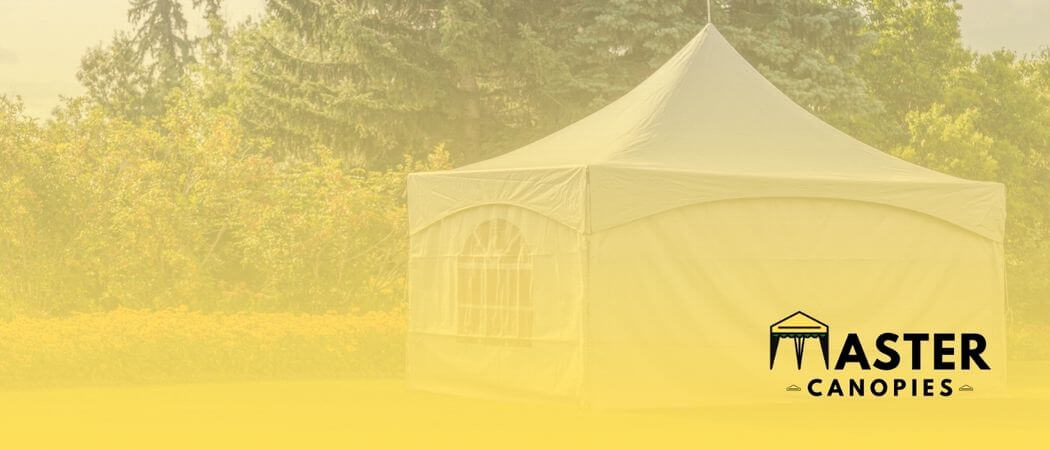
How to Print on a Canopy: How to Print Custom Images/Logos Published February 4th, 2023 by Allen Campbell Do you want to print something special
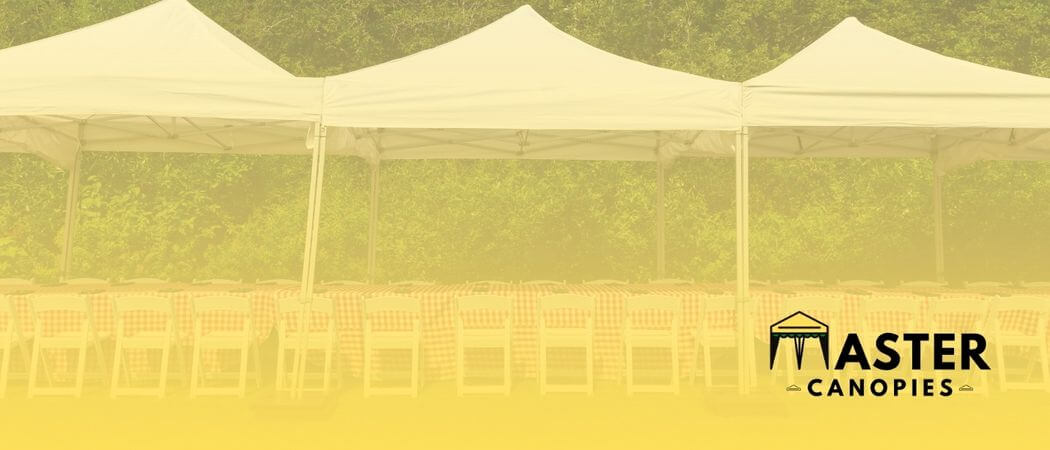
How to Choose the Best Outdoor Event Flooring for your Next Celebration Published January 31st, 2023 by Allen Campbell Planning an outdoor event can be

How to Insulate a Tent for Winter and Keep Warm Published February 3rd, 2023 by Allen Campbell Is your tent the last frontier when it
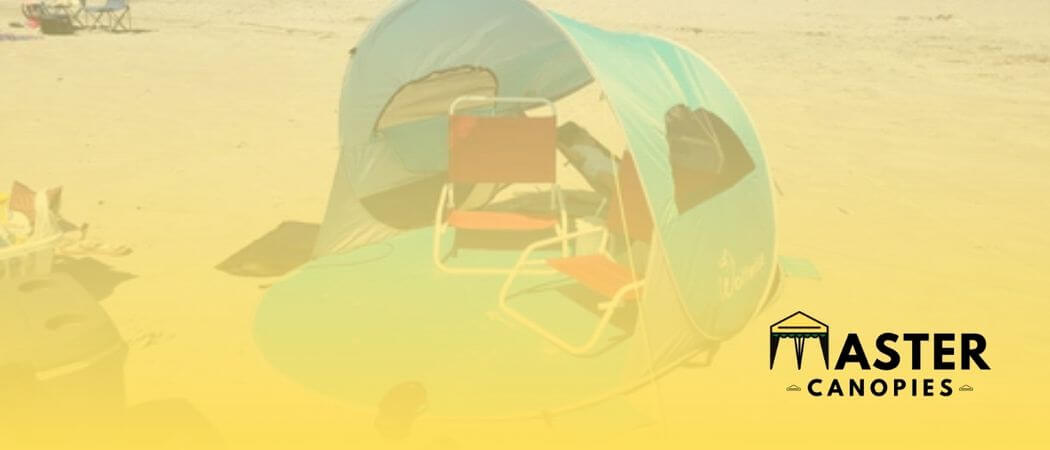
Wolfwise Beach Tent Review: Should You Buy It? Published January 23rd, 2023 by Allen Campbell Are you planning a beach vacation but don’t know exactly
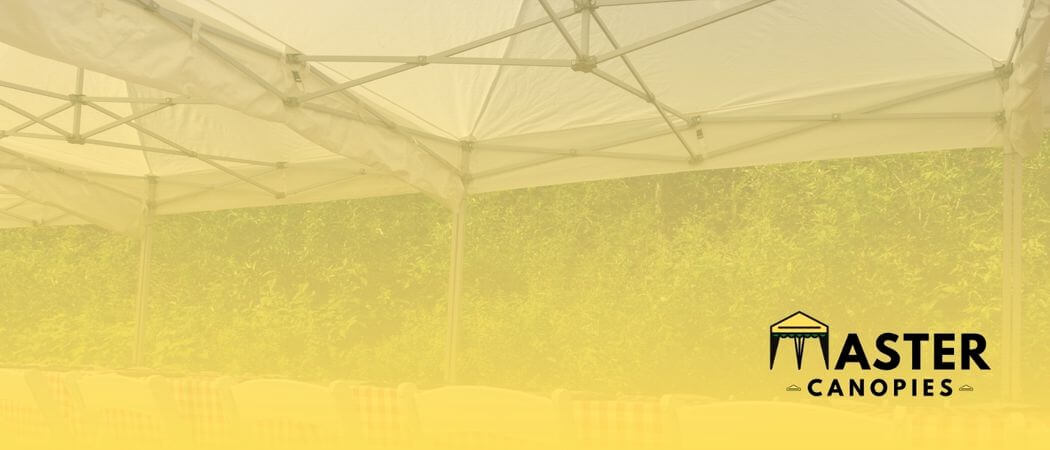
How to Start a Tent Rental Business (and have Success with It!) Published January 23rd, 2023 by Allen Campbell Do you have a knack for

Wolfwise Beach Tent Instructions: Easy Setup Guide Published January 23rd, 2023 by Allen Campbell Let’s face it, setting up a beach tent can be tricky…
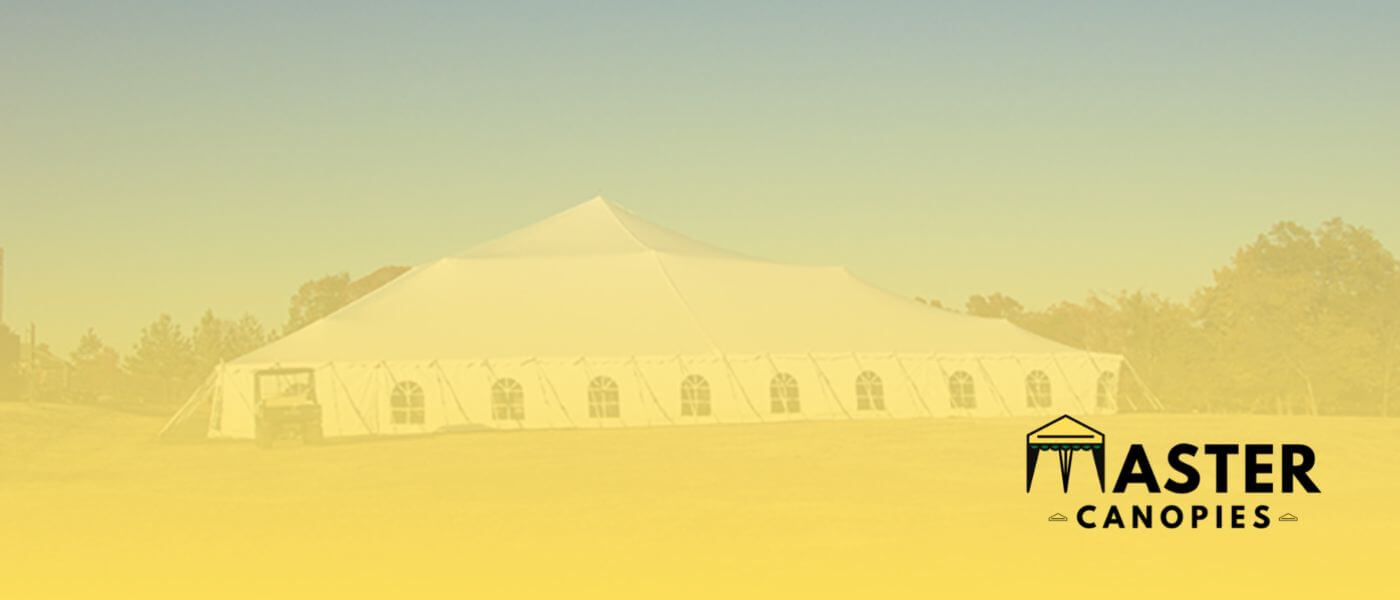
Best 100×100 Tents for Large Gatherings and Parties Published January 12th, 2023 by Allen Campbell Finding the right tent for your next event can be
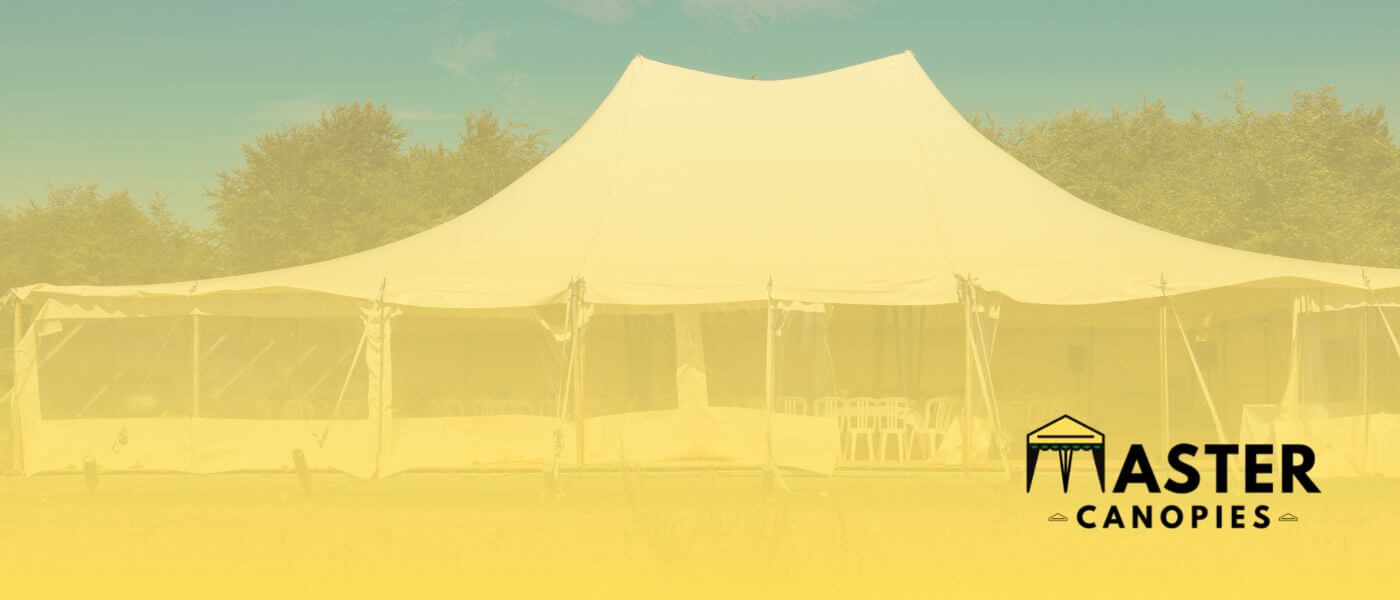
Best Tent Rentals in Downers Grove, IL Published January 12th, 2023 by Allen Campbell Hoping to make a big impact in Downers Grove? Well, if

Master Canopies is here to bring you the best canopies for the outdoors so that you can enjoy the fresh air without the gleaming and burning light of the sun.

Master Canopies is here to bring you the best canopies for the outdoors so that you can enjoy the fresh air without the gleaming and burning light of the sun. As an Amazon Associate, we earn from qualifying purchases.